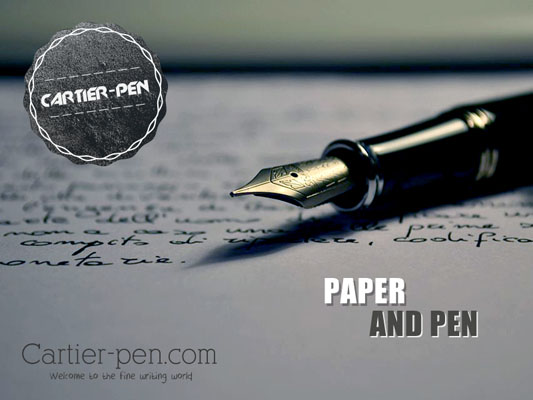A century back, writing simply meant writing with a pen or pencil on a paper. A few decades back, the idea of writing changed to typing, tapping, doodling and what not. Recently, writing has come back to retain its original meaning, but with a twist. Technology and writing has come a full-circle with the invention of touch-screen phones and tablets, and their better half, the touch-technology pen. The Bamboo Stylus series introduces you to this latest writing advancement but in style.
Just pick up a Bamboo Stylus and jot, doodle and sketch on your touch-screen device to send a message or take a note. Available in eight different versions, each Stylus is designed to fulfill a certain demand and fit individual preference. Read on to find out what the latest and best of the Stylus series can do to improve your touch-screen experience.
Bamboo Stylus fineline: It looks like a pen, feels like a pen, writes like a pen but on a touch-screen device. With a fine tip, it gives writing a thinner and crispier edge without any smudges. The tip is sensitive to pressure which adds to the precision the pen delivers while taking notes, scribbling ideas or writing a message to someone. Available in five contemporary colors, from your safe grey to a bright hot pink; Bamboo Stylus is a style statement too.
Bamboo Stylus solo: Light in weight, stylish in look and smooth in performance, the Bamboo Stylus Solo has a carbon fiber nib that although looks like a ball, gives a smooth, fine performance on screen. Great for sketching, doodling, annotation as well as writing, the pen balances well on hand. Add its availability in vibrant colored body and it becomes an instant heart winner.
Bamboo Stylus duo: The duo from Bamboo Stylus brings the best of both worlds together. A pen to write on paper with on one end and a carbon fiber nib to work on screen on the other, the Bamboo Stylus duo is ergonomic in design and responsive in performance. Now, conveniently switch between paper and screen. The ballpoint end is smooth on paper and the carbon fiber nib gives a smudge-free experience on any touch-screen devices.
Bamboo Stylus mini: Great things come in small packages, so did the Bamboo Stylus mini. It is small in size but it doesn’t compromise with performance. Comfortable to hold and portable, the Stylus mini comes in an array of vivacious colors. Its replaceable rubber nibs are firm and give a smooth experience on screen.
The Bamboo Stylus pens work on most touch-enabled devices including tablets and iPad. They are easy to use, cost-effective and responsive. Pick one that best fulfills your need and you can be assured of the performance. Now draw, write, doodle, scribble, sketch on your device. The world is yours.

